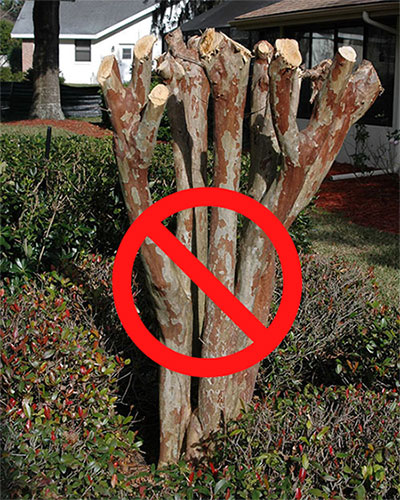Spring Pruning Tips
Pruning is one of the most important aspects of gardening, but it can be a daunting task for gardeners.
Before you grab the pruning shears, be able to answer three questions:
1. Why are you pruning?
2. When should you prune the specific plant you are growing?
3. How should the plant be pruned?
Timing is important for flowering and fruiting plants. In general, plants that bloom in the spring should be pruned immediately following blooming and plants that bloom in the summer should be pruned before growth begins in late February. However, some plants don't follow these rules so it's important to look up information for specific plants.
For instance, big leaf hydrangeas, oakleaf hydrangeas and gardenias don’t follow the rules. These plants all bloom in the summer, but they set their flower buds at the end of the summer into early fall. If you prune them before growth begins, you will not have flowers this summer. The time to prune them is when the flowers begin to fade. Again, only prune if there is a need to.
Monthly Pruning Checklist
March
-
Finish pruning grapes. Bleeding causes no injury to the vines. Tie vines to the trellis before the buds swell to prevent bud injury and crop loss.

-
Prune summer blooming shrubs if needed including crape myrtle, vitex, althea, buddleia, and summer blooming spirea.
- Do not trim spring blooming hydrangeas. Their stems may look dead but they contain this spring’s flower buds. Tidy them up by removing small twiggy growth. It’s too early to tell if the flower buds survived the winter.
- Prune repeat-blooming roses such as floribunda, hybrid tea roses, and knock out roses just as the buds break dormancy.
- Do not prune once-flowering roses now, prune after they bloom. Seal the open cuts by applying a drop or two of Elmer’s glue to cover the cut. Don’t smear on the glue.
- Prune climbing roses by thinning out the older canes leaving the long, young branches, which produce the best blossoms.
April
- Prune spring-flowering shrubs like forsythia, bridal wreath spirea, weigela, Japanese quince, and lilac within 2 to 3 weeks after the last petals have dropped. Prune at the base, near the ground, to help rejuvenate growth and promote heavy flowering.
- Prune semi-woody perennials like butterfly bush salvia greggii, lavender, sage, artemisia, and careopteris removing all the twiggy growth and cut out any winter-damaged wood.
May
- Prune azaleas when blooms are finished. Overgrown, older azaleas respond well to severe pruning. This rejuvenation results in denser plants with more blooms. Fertilize them after pruning as well.
Additional Resources
- Pruning Bushes and Trees Properly
- Pruning Fruit Trees
- Pruning Ornamental Shrubs and Grasses
- Homeowner's Guide to Pruning Ornamental Trees